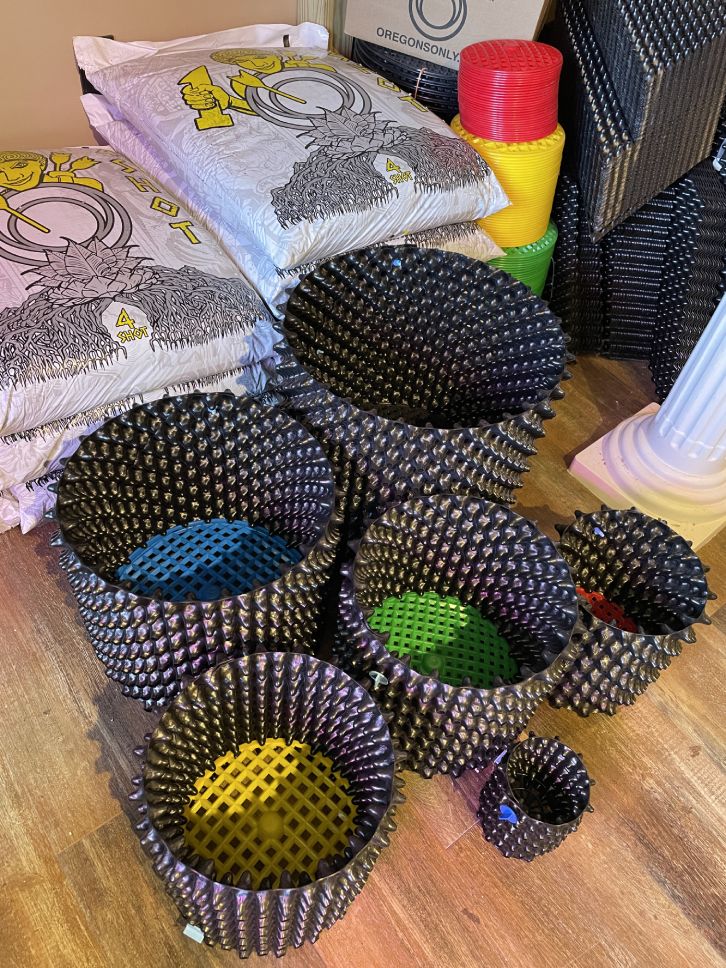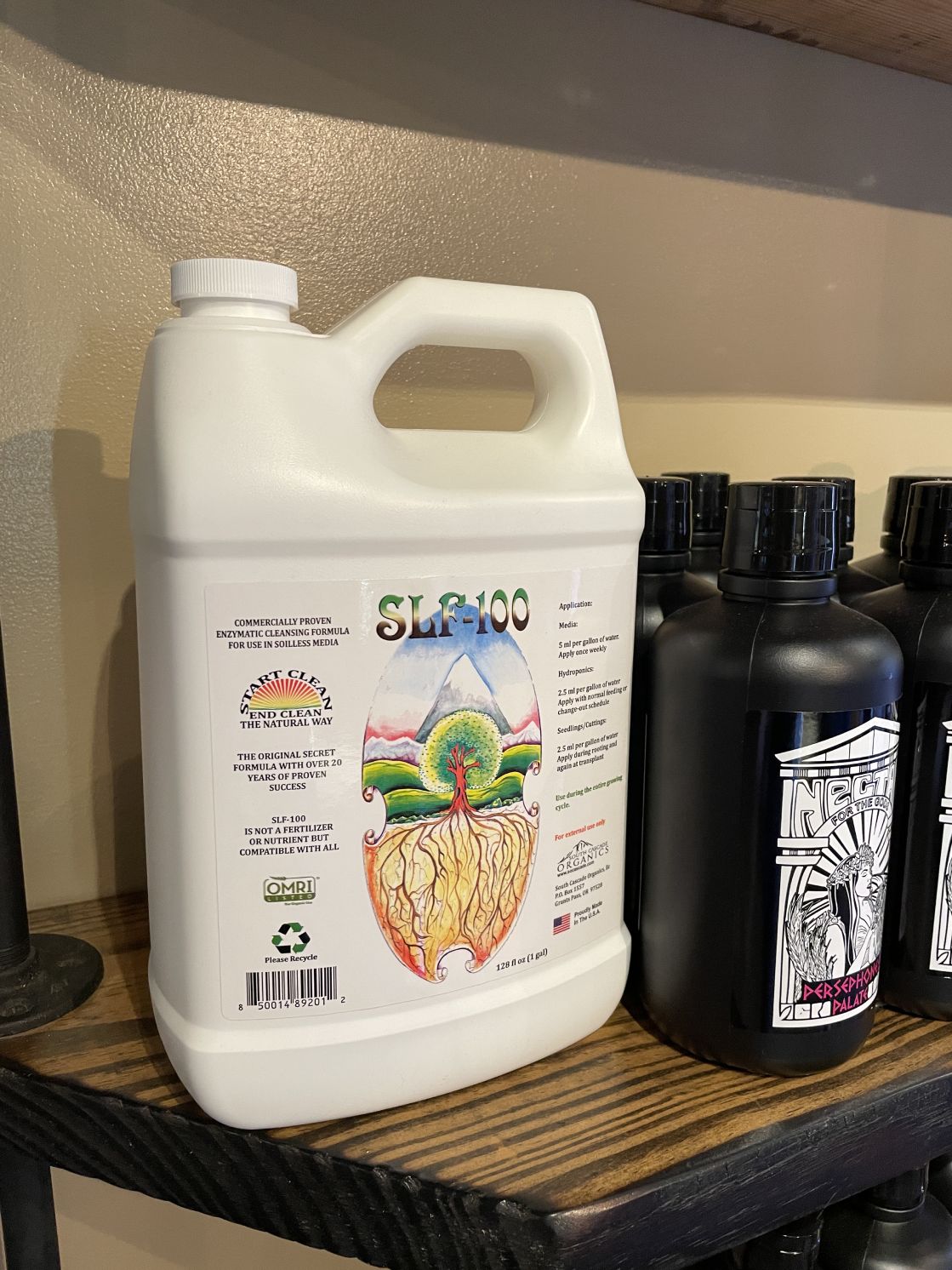The Indoor Earthworm Means: A Game-Changer in Planting Techniques
The Indoor Earthworm Means: A Game-Changer in Planting Techniques
Blog Article
Unlocking the Potential of Hydroponics: Comprehending Its Utilizes and Different Types
Hydroponics, a technique of growing plants without dirt, has garnered enhancing interest for its potential to transform farming and horticulture methods. The accuracy control over nutrient delivery, water usage, and ecological elements supplies a look into a future where food production can be enhanced in different settings. As we browse with the complex landscape of hydroponic systems and methods, it becomes apparent that each technique holds distinct benefits and restrictions. By unraveling the varied uses and sorts of hydroponics, we can reveal a globe of possibilities that might improve exactly how we envision lasting farming and horticulture techniques.
Benefits of Hydroponic Solutions

An additional advantage of hydroponic systems is the capability to grow plants in a smaller area. By eliminating the requirement for soil, plants can be expanded vertically or in stacked systems, taking full advantage of using readily available space. This is specifically useful in metropolitan areas or regions with restricted cultivatable land. Moreover, hydroponic systems decrease the threat of soil-borne illness and parasites, as there is no soil to harbor these dangers. This brings about much healthier plants and decreases the requirement for damaging chemicals, making hydroponic farming an extra sustainable and ecologically friendly alternative.
Typical Utilizes in Agriculture

Given the effective water preservation and space-saving advantages of hydroponic systems, it is noticeable that these ingenious agricultural approaches have discovered common uses in different industries of farming. The regulated atmosphere of hydroponic systems allows year-round farming, giving a regular supply of fresh fruit and vegetables no matter of outside weather condition problems.
Hydroponics is typically utilized for growing a variety of crops, consisting of leafed greens, tomatoes, cucumbers, strawberries, natural herbs, and peppers. Furthermore, hydroponic systems are utilized in study and academic settings to research plant cultivation, development, and nutrition strategies.
Exploring Various Hydroponic Techniques
What are the numerous ingenious techniques made use of in hydroponics to boost crop growing efficiency and yield? Hydroponic systems supply a variety of techniques that satisfy various plant types and farming goals. One prominent strategy is the Deep Water Culture (DWC) system, where plant origins are submerged in a nutrient service, offering enough oxygen and nutrients. Another extensively utilized approach is the Nutrient Movie Method (NFT), which includes a superficial stream of nutrient solution flowing over the plant roots, promoting water and nutrient uptake. Additionally, the Ebb and Circulation system, additionally recognized as the Flood and Drainpipe system, periodically floods the plant origins with nutrient solution, enabling oxygenation during draining periods. Aeroponics is one more cutting-edge technique review that entails misting plant origins with a nutrient remedy, making the most of oxygen absorption and nutrient uptake. Each of these techniques showcases the adaptability and performance of hydroponic systems in enhancing plant growth and return.
Comparing Various Hydroponic Systems
Exploring the effectiveness and return enhancement methods in hydroponics leads us to compare numerous hydroponic systems available for crop cultivation. Each hydroponic system has its unique functions, benefits, and restrictions, making it vital for growers to choose the most appropriate system based on their details demands and restraints.
One of the most typical hydroponic systems is the nutrient film technique (NFT), where a slim film of nutrient option continuously streams over the plant roots. This system is prized for its water performance and viability for expanding leafed eco-friendlies and herbs. On the other hand, the deep water culture (DWC) system immerses plant origins straight right into the nutrient solution, giving enough oxygen and nutrients. The DWC system is cost-effective and relatively easy, making it a popular selection for newbies.
An additional preferred hydroponic system is the ups and downs (or flood and drain) system, which regularly floods the plant roots with nutrient solution prior to draining it. This wikipedia reference cyclic procedure ensures proper aeration for the origins while supplying nutrients efficiently. Additionally, the aeroponic system puts on hold plant roots in the air and mists them with a nutrient service, advertising quick growth and high oxygenation degrees. Farmers looking for a functional system that decreases water use often select aeroponics. By comprehending the differences between these hydroponic systems, cultivators can make informed choices to take full advantage of plant return and quality.
Developments in Hydroponic Innovation
One crucial technology is the growth of wise hydroponic systems that utilize sensors and automation to monitor and readjust ecological problems such as pH degrees, nutrient focus, and light exposure in real-time. These systems enable precise control over expanding conditions, leading to ideal plant development and higher plant returns.
One more notable innovation is the assimilation of vertical farming strategies with hydroponic systems, permitting the farming of crops in stacked layers. This upright approach makes the most of area usage, making it excellent for city environments where land accessibility is limited - The Indoor Earthworm. Furthermore, making use of innovative LED lights systems tailored to details plant needs has improved energy performance and enhanced growth prices in hydroponic setups
Innovations like these are driving the evolution of hydroponics, making it a highly eye-catching and lasting option for contemporary agriculture.
Final Thought
Finally, hydroponics offers various benefits in agriculture and has different techniques and systems that can be made use of to maximize its potential. Technologies in hydroponic innovation continue to improve effectiveness and sustainability in food manufacturing. By comprehending the usages and various kinds of hydroponic systems, cultivators and farmers can open the full capacity of this innovative approach of expanding plants without dirt.
Furthermore, hydroponic systems enable for far better control over nutrient degrees, pH balance, and ecological conditions, leading to healthier plants and higher returns.

Report this page